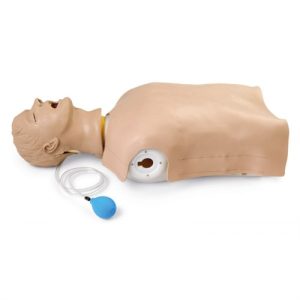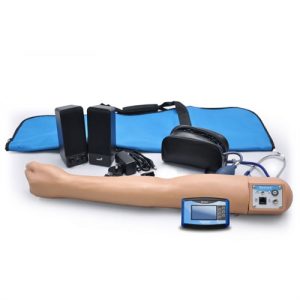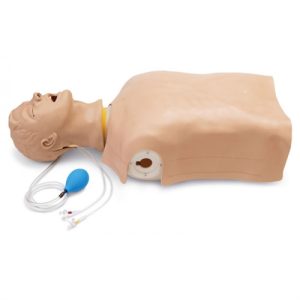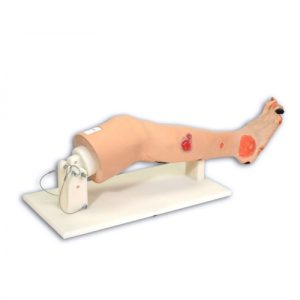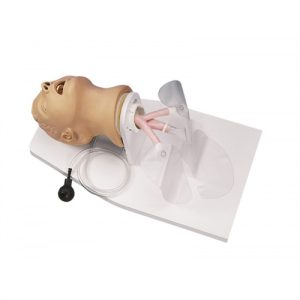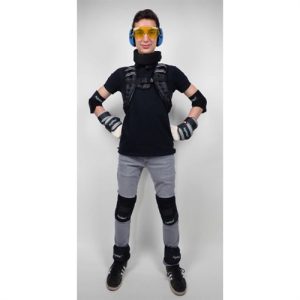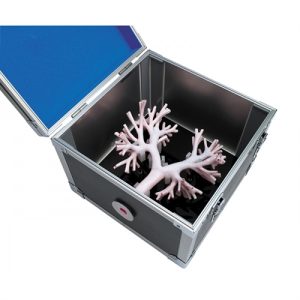-
1 × $608.00
-
1 × $1,887.00
-
2 × $760.00
-
1 × $521.00
-
1 × $435.00
-
1 × $547.00
-
1 × $1,377.00
-
1 × $1,206.00
-
1 × $3,704.00
-
1 × $435.00
-
1 × $6,281.00
-
1 × $906.00
-
1 × $4,563.00
-
1 × $839.00
-
1 × $1,169.00
-
1 × $395.00
-
1 × $2,724.00
-
1 × $3,264.00
-
1 × $772.00
-
1 × $1,034.00
-
1 × $430.00
-
1 × $3,411.00
-
1 × $1,068.00
-
1 × $1,977.00
-
1 × $784.00
-
1 × $3,180.00
-
1 × $3,835.00
-
1 × $550.00
-
1 × $477.00
-
1 × $767.00
-
1 × $2,223.00
-
1 × $3,012.00
-
1 × $1,516.00
-
1 × $852.00
-
1 × $2,738.00
-
1 × $1,625.00
-
1 × $5,036.00
-
1 × $403.00
-
1 × $5,148.00
-
1 × $385.00
-
1 × $3,417.00
-
1 × $2,810.00
-
1 × $3,704.00
-
1 × $2,560.00
-
1 × $1,092.00
-
1 × $1,510.00
Roll over image to zoom in
ART phantoms are molded of tissue-equivalent material, they are designed within highly sophisticated technological constraints and follow ICRU-44 standards. They are also designed for accuracy and ease of use.
Features and Benefits
- Anatomy
- The ART phantom is transected-horizontally into 2.5 cm thick slices.
- Each slice has holes which are plugged with bone-equivalent, soft-tissue-equivalent or lung tissue equivalent pins which can be replaced by TLD holder pins.
- Soft-tissue-equivalent coatings produce slices with glass smooth interfaces.
- These coatings are cut away over the air spaces of the oronasal pharynges, trachea and stem bronchi.
- Dosimetry holes are drilled in grids 3cm x 3cm or 1.5cm x 1.5cm in 5 and 7 mm diameters.
- The Male ART Phantom represents a 175 cm (5 ft. 9 in.) tall, 73.5 kg (162 lb.) male.
- Breast Attachments
- They can be sliced in frontal planes (drilled or undrilled for film dosimetry).
- Breasts of Male and Female ART phantoms are contoured to blend realistically with the thoraxes.
- They are attached to the thorax with nylon screws.
- The male chest with breasts attached serves as a large female.
- Materials
- Soft Tissues
- There are unlimited, small variations in density and absorption throughout the human body.
- Phantom soft tissue is closely controlled to have the average density of these tissues.
- Skeletons
- RSD skeletons are highly-detailed polymer moldings which reproduce the shape, mass density and attenuation coefficients of cortical bone and spongiosa.
- They allow continuous production of phantoms, instead of the sporadic production required by the limited availability, variable size and uncertain chemical composition of human skeletons.
- These problems, plus loss of marrows in dried natural skeletons, make RSD skeletons superior to “real bone”.
- Molds for the RSD cortical bone and spongiosa were made from human skeletons consistent with the sizes of the soft tissue molds.
- RSD skeletons conform closely to the standards established by the International Commission on Radiation Units and Measurements (ICRU Report No. 44), mass density is reduced slightly to take into account a small decrease in calcium content for older patients.
- Lungs
- Lungs are molded from syntactic foam, with a specific gravity of 0.30 g/cc.
- Soft Tissues
- Assembly
- ART phantom slices are held between aluminum plates by nylon tie rods.
- Knobs at the end of the rods clamp the slices tightly in proper alignment.
- The external assembly facilitates film dosimetry, while the internal assembly is used generally with TLDs or ionchamber dosimetry.
Warranty Information
- 5-Year Warranty








